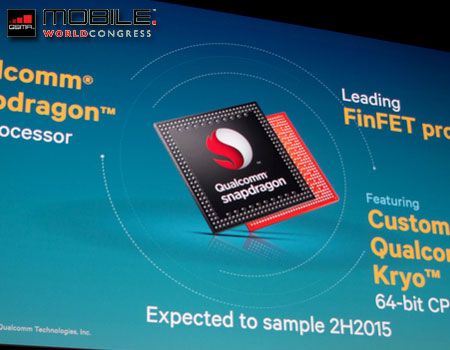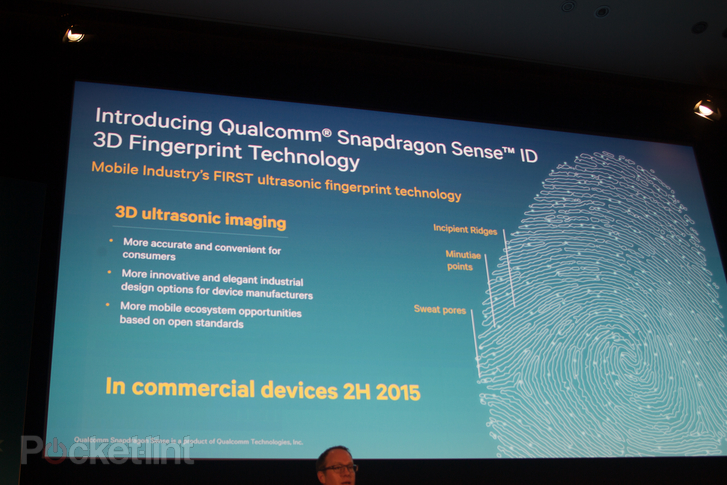
Yes today we have announced a MediaTek processor that is designed to stand up to the high-end product range, it must be said that Qualcomm's reaction has not been long in coming, far from it. During the Mobile World Congress the model was presented Snapdragon 820, an important SoC for this company.
We say this due to the inclusion of technology Qualcomm Kryo, which displaces the ARM-Cortex used in the Snapdragon 810 as the architecture used. Therefore, it is a very important evolutionary step since the interior of this processor is designed by the manufacturer itself and therefore gains flexibility when it comes to evolve it in the future and introduce necessary modifications.
Some of the details that have been revealed of the Snapdragon 820, a model that will arrive with eight cores inside, is that it is fully compatible with 64 bits (something important for the future of mobility) and that it uses transistors type 14 nanometer FinFET -This could lead the company to turn to additional manufacturers, such as TMSC or Samsung-.
There is not much more information regarding the Snapdragon 820, but what does seem quite clear is that the first models would reach the market at late 2015 or early 2016. And, the truth is that advanced options such as compatible RAM memory or secure LTE connectivity are present.
Applied technologies
Apart from talking about its new Snapdragon 820 processor, Qualcomm's press conference has been able to learn about new applied technologies that it is developing. The two most striking are Sense ID and Zeroth Platform. The first is a fingerprint reader that uses ultrasound technology and that promises to be better than any that is known today (both in efficiency and because of the integration of the hardware, with many possibilities).
As for Zeroth Platform, a job with which the company seeks combine the user's perception with the actions that are carried out to bring the experiences that are achieved with the mobile devices that are used. Thus, an attempt will be made to provide the terminals with a certain "reasoning" capacity. Not much more has been explained, but the truth is that this approach is most suggestive for the future - and especially applied in robotics.

